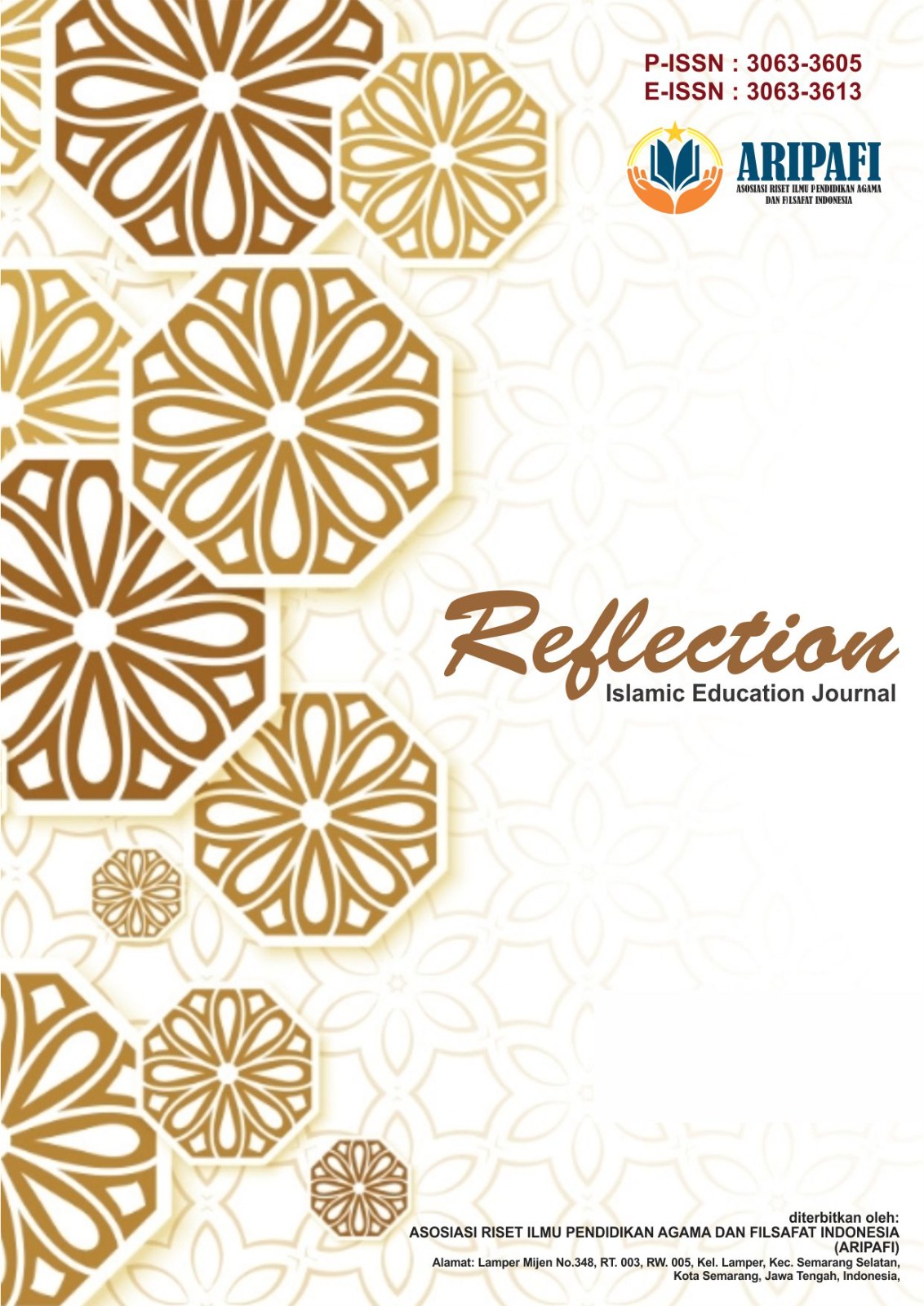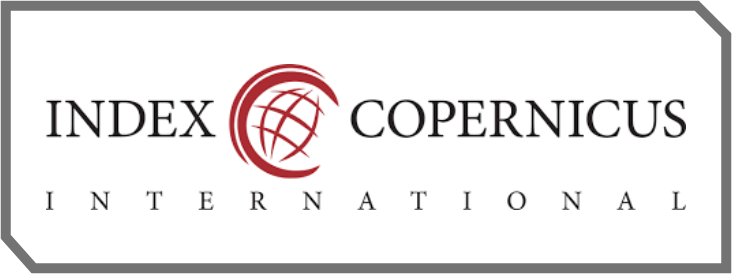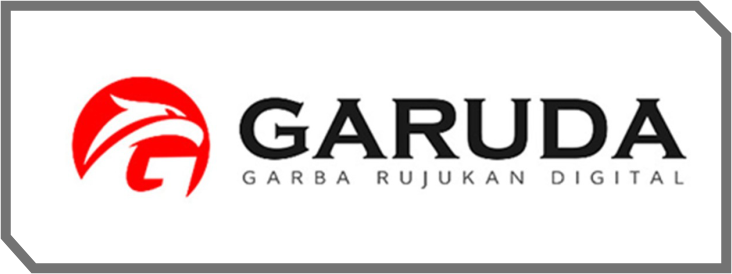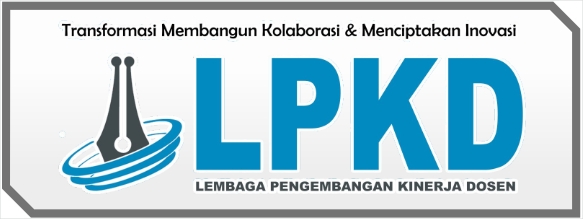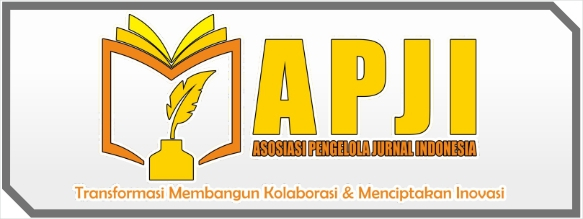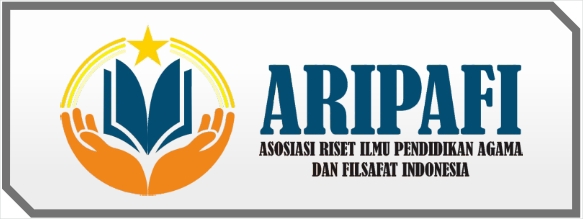Tantangan Pengajaran Ilmu Sharf di Era Digital : Analisis dan Solusi
DOI:
https://doi.org/10.61132/reflection.v2i2.1082Keywords:
Character education, curriculum development, digital eraAbstract
In the course of its long history, Islam in the archipelago has brought significant transformations in the way religious knowledge is delivered and learned. Literacy in pesantren has evolved from the traditional form of the yellow book to digital formats such as ebooks. In the 16th century, the yellow book emerged in the context of the archipelago as a very important cultural heritage of literacy in the tradition of Islamic scholarship. The yellow book is characterized by the yellowish color of the paper and is often referred to as al-kutub al-qadimah, which means classical or ancient books. Nahwu and Sharaf are two fundamental pillars of Arabic grammar that are essential for mastery of the language. Nahwu focuses on the structure of sentences as well as the function of words in the context of the sentence, while Sharaf studies changes in word forms and the process of derivation. These two disciplines complement each other in building a thorough understanding of the Arabic language. According to an article on Kompasiana, Nahwu and Sharaf materials are very integral in learning Arabic, similar to the role of grammar in English. This research adopts a qualitative approach with a library research method that aims to explore in depth various literatures related to Islamic character building in the digital era. Data collection is done by reviewing secondary sources, including books, scientific journals, academic articles, and documents.
References
Fauzi, R., & Fahmi, M. (2025). Tantangan dan peluang pembelajaran sejarah peradaban Islam di era digital. Oktober 2024.
Hajar, H. I., & Qohar, H. A. (2024). Pendekatan inovatif untuk mengatasi tantangan pembelajaran nahwu dan sharaf bagi peserta didik. Jurnal Pendidikan Islam, 6(6), 2995–3009.
Hasanah, N., & Suryadi, A. (2023). Kurikulum berbasis karakter di era digital: Sebuah pendekatan integratif dalam pendidikan Islam. Jurnal Pendidikan dan Kebudayaan Islam, 11(2), 205–218.
Latifah, L. (2024). Strategi pengembangan kurikulum pendidikan karakter berbasis digital di sekolah dasar. Jurnal Ilmiah Pendidikan Karakter, 9(1), 101–112. https://doi.org/10.1234/jipk.v9i1.5678
Maulana, T., & Yusuf, M. (2022). Transformasi pendidikan karakter melalui platform digital: Studi pada lembaga pendidikan Islam. Jurnal Teknologi Pendidikan Islam, 4(3), 210–225.
Nurhayati, A. (2023). Integrasi nilai-nilai karakter dalam pembelajaran daring pada masa pandemi. Jurnal Pendidikan Karakter, 13(1), 33–45. https://doi.org/10.21831/jpk.v13i1.5555
Studi, P., Peradaban, S., Nusantara, F. I., Nahdlatul, U., & Indonesia, U. (2025). Dari kitab kuning ke ebook dalam perspektif peradaban Islam (abad ke-16 hingga abad ke-21).
Sumbodo, W., & Setiadi, R. (2022). Chapter konservasi pendidikan. Konservasi Pendidikan Jilid 3, 54–83.
Wilanda, M. A., Rahmawati, I. N., & Primayeni, S. (2025). Membangun karakter Islami di era digital: Tantangan dan solusi. Prosiding Seminar Nasional Pendidikan Islam, 567–573.
Yuliani, R. (2023). Pendidikan karakter di era society 5.0: Sinergi teknologi dan spiritualitas. Jurnal Pendidikan dan Pembelajaran Islam, 5(2), 88–97.

